Roof to Foundation: A Homeowner’s Guide to Insulation
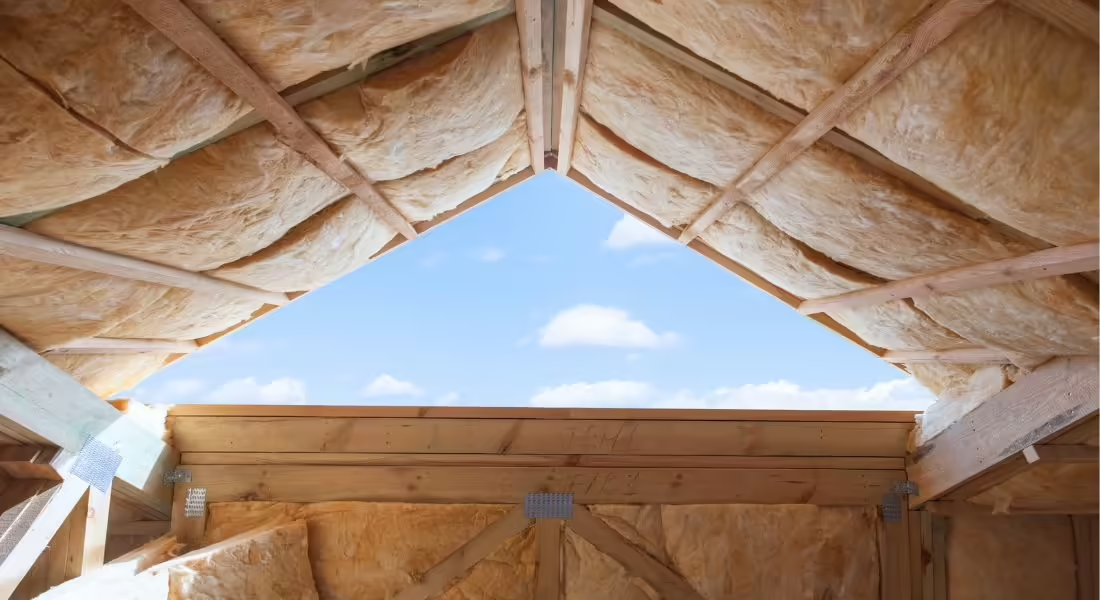
Insulation. Every homeowner understands that a home needs it, yet most houses across the United States lack sufficient insulation. This problem leads to uneven home temperatures and uncomfortable environments. Insulation in homes delivers significant benefits. This article will provide a homeowner’s guide to insulation, from the roof to the foundation. Continue reading to learn more.
Attic
The attic is perhaps the most important area to insulate in your home. Hot air rises, and the heated or cooled air will escape without a properly insulated attic. Your HVAC system will try to create a comfortable environment unsuccessfully, resulting in high energy bills and uneven temperatures throughout the house. That sounds like a nightmare to any homeowner.
The three popular attic insulation types are spray foam, loose-fill, and batting. Loose-fill will be the least expensive option of the three, but spray foam will provide the best coverage and R-value (or the insulation’s effectiveness rate).
If your home already has attic insulation, check its thickness. It should be between 10 and 13 inches to adequately insulate the space. If not, you’ll need to replace it. Before adding the new stuff, seal all leaks and make any necessary roof repairs. Do you have knee walls (vertical walls with attic space immediately behind them)? If so, you’ll also need to seal and repair them if necessary.
When you’re building a new home, ensure you leave enough space for insulation. Consider installing a radiant barrier if you live in a hot region. This barrier helps reduce summer heat gain.
Ducts
Not insulating your ducts could result in significant heat loss.
- New homes: ensure the builder is placing the vents in conditioned areas.
- Existing homes: seal and insulate the vents properly if they are not in a conditioned space.
Doing either of these two things will save you a decent amount of money on your energy bills.
Ceilings
Similar to the attic, ceiling insulation is vital for a comfortable home. Why? Because hot air rises. If you leave the ceiling uninsulated, you’re allowing the treated air to escape—regardless of your attic’s insulation.
Insulating cathedral ceilings is especially important because you want the ceiling temperatures to remain close to the room’s temperature. You want to distribute the temperature throughout your home evenly.
Proper ceiling insulation also helps to keep moisture away. Moisture can lead to a mess of problems, including mold.
Walls
Insulating your home’s interior and exterior walls is vital. It keeps the heated or conditioned air inside while preventing the outside air from entering. One excellent reason to insulate your home’s walls is to help create an even environment throughout your house.
Blown-in fiberglass insulation is one option for existing interior walls. This option is ideal because it won’t cause much of a disturbance to your home. Using the dense packing technique makes it an incredibly effective option.
If you’re remodeling, you have a few more options—such as spray foam or batting insulation. Batting insulation can reduce your energy usage, and its flexibility allows you to install it between joists, studs, and rafters.
Hire professional spray foam insulation contractors, like Paragon Protection in McHenry County, Illinois, if you want to install spray foam insulation. We’re a reputable spray foam insulation company that loves working with our clients to create energy-saving homes.
Wall insulation will also add privacy because it helps block sound. If you live in a noisy neighborhood or want to create a quieter home environment, wall insulation will help diminish outside and inside noises. This benefit is great for families with members who work night shifts or enjoy staying up late playing video games.
Doors and Windows
Check your windows and doors for built-in insulation. If their insulation is scarce, replace them for additional comfort and increased energy efficiency.
If you don’t have the budget to replace them, you can caulk and seal the doors and window’s perimeter. Apply the sealant or caulk on the inside or outside. Weatherstripping is another excellent option to help prevent air leaks.
Floors
Do your feet still feel cold in the winter or hot in the summer, even though your attic and walls have adequate insulation? You might want to check your floors. You may not think your floors need insulation, but they do.
Unheated rooms, like the garage, can absorb heat flow. One clear sign your home has inadequate floor insulation is the flooring’s temperature. Immediately insulating your floors can help reduce your energy bills and allow you to walk barefoot comfortably.
Insulating your floors eliminates drafts, reduces moisture, and helps retain cooled or heated air in the home. And the same way insulating the walls helps minimize noise, floor insulation also helps diminish noisiness. This advantage is especially important for multi-level homes.
Insulating Floors Above Unheated Garages
The first step is to seal all the possible air leakage sources. Sealing these leaks minimizes dangerous contaminants from solvents, car exhaust, paint, gardening supplies, and more from entering your home. Ensure you install an air barrier to stop cold air from the garage from entering your home.
Basements
Basements are an area many homeowners don’t think to insulate. Many use them for storage, so they might think, “why bother?”. Insulating your basement helps lower your energy bills and is a task you can tackle anytime. If you’re building your home, you can add insulation to the interior or exterior of the walls. You can only install interior insulation if you live in an existing home.
Ensure you install moisture control insulation, such as closed-cell spray foam. Basements are notorious for humidity, water, and mold issues. You can reduce the risk of mold by installing closed-cell spray foam insulation. This insulation type is also excellent for finishing a basement.
A properly insulated basement will provide a dry, comfortable living space. Remember that interior basement insulation removes a few inches of living space. It’s not a significant amount, but something to consider.
We hope our insulation guide for homeowners has helped you understand its importance. As previously mentioned, applying the best types of insulation for houses to every aspect of your house, from the roof to the foundation, is highly beneficial. Discuss the areas where your home lacks sufficient insulation with a local contractor to determine the best solution for an energy-saving, comfortable environment. If you live near Lake County or McHenry County in Illinois, allow our professional team at Paragon Protection to do the heavy lifting to ensure a job well done.
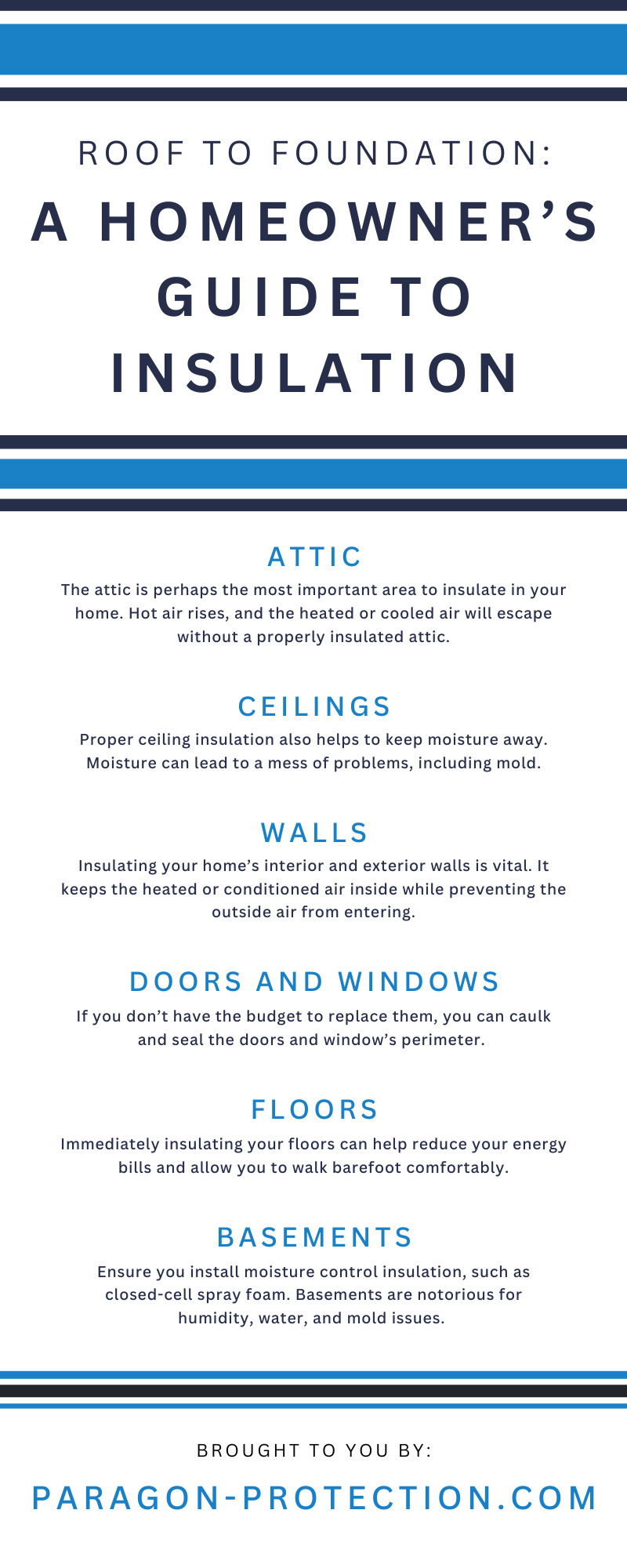

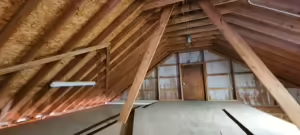
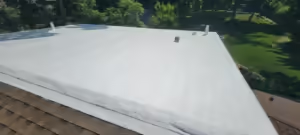
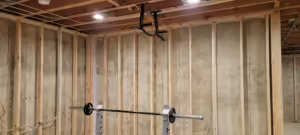
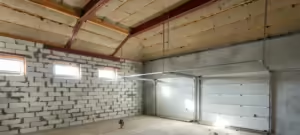

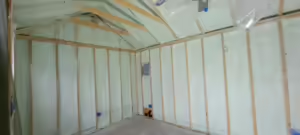
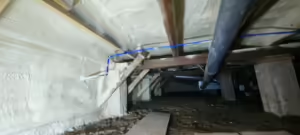
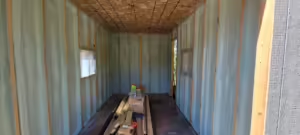
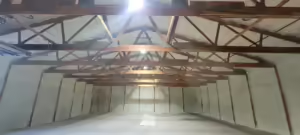


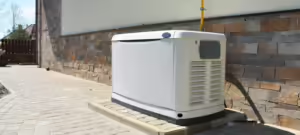
 Professional Insulation Services
Professional Insulation Services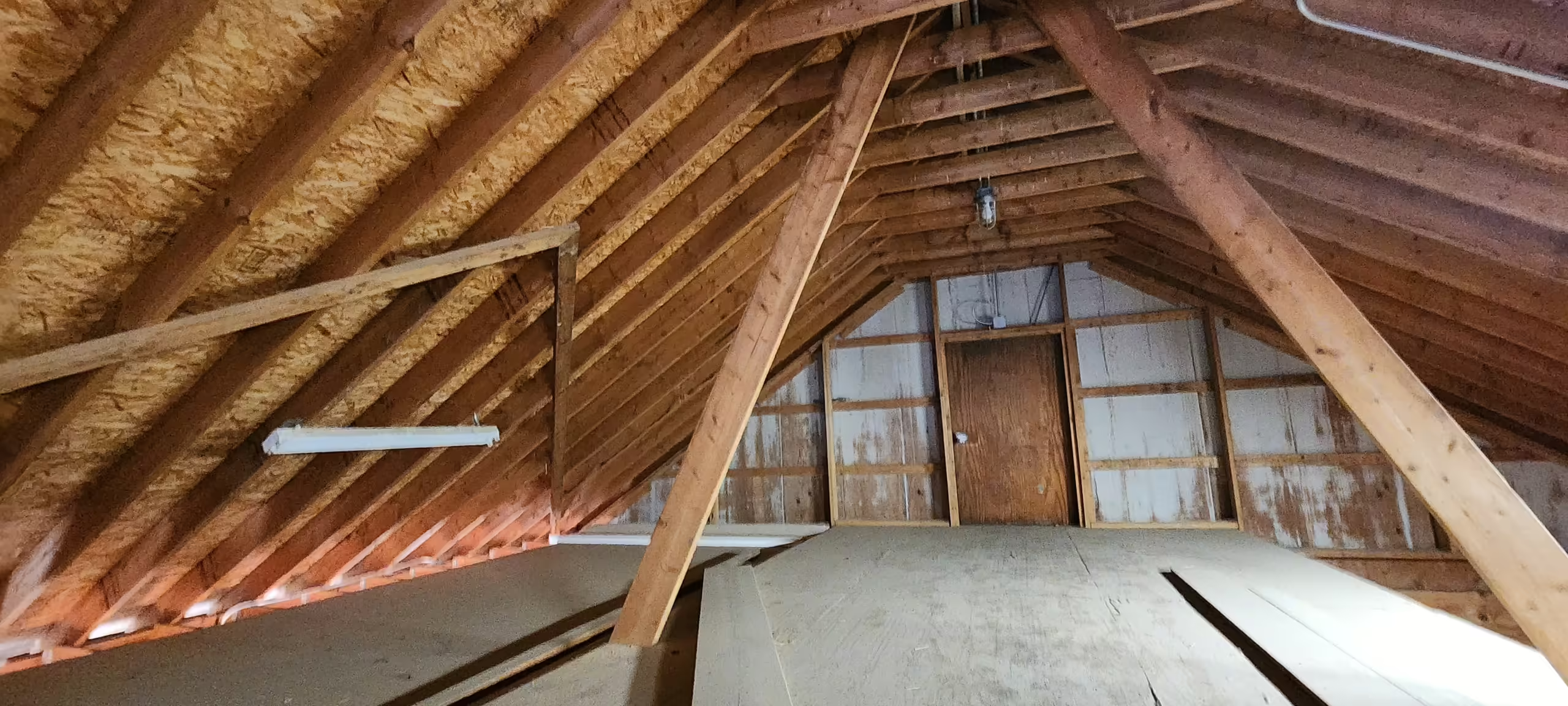 Attic Insulation Services
Attic Insulation Services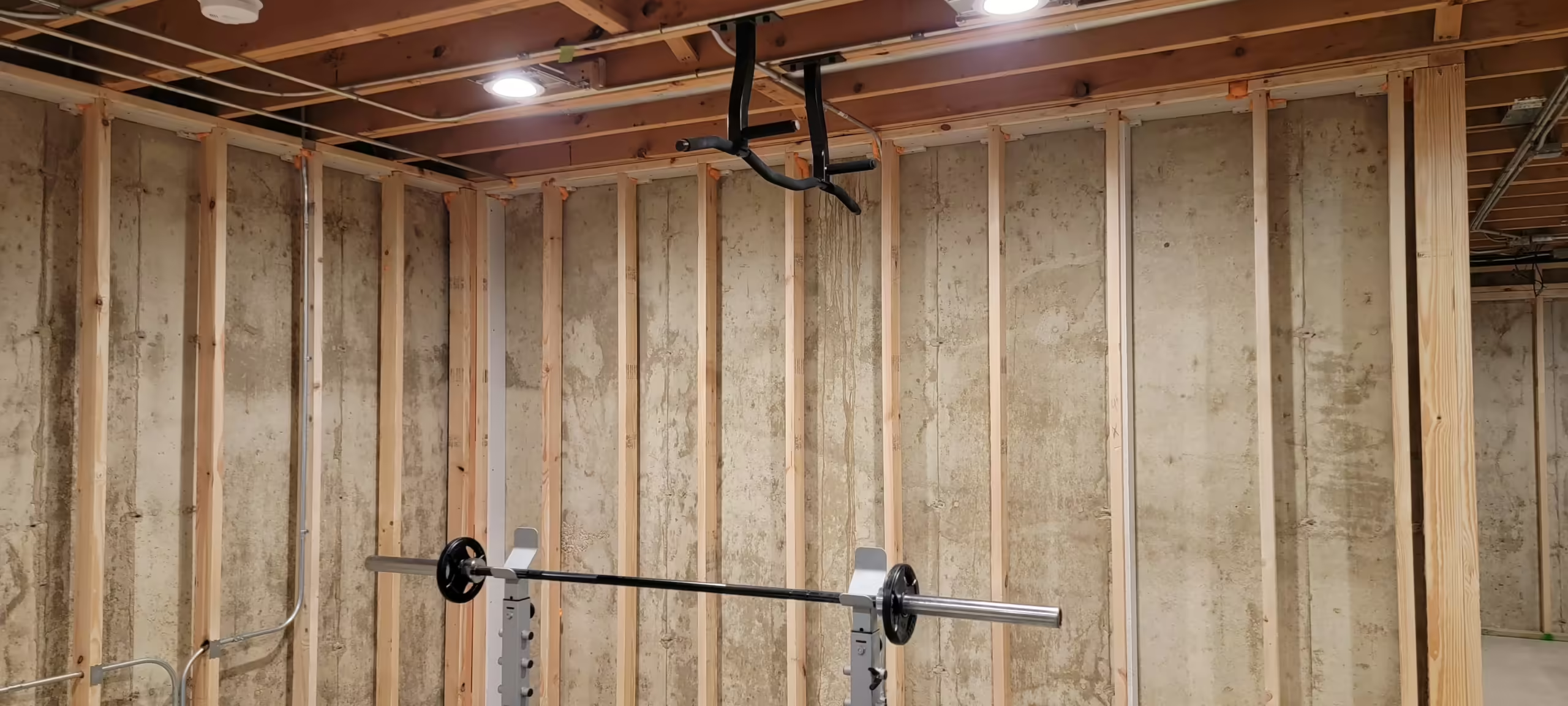 Basement Insulation
Basement Insulation Commercial Insulation
Commercial Insulation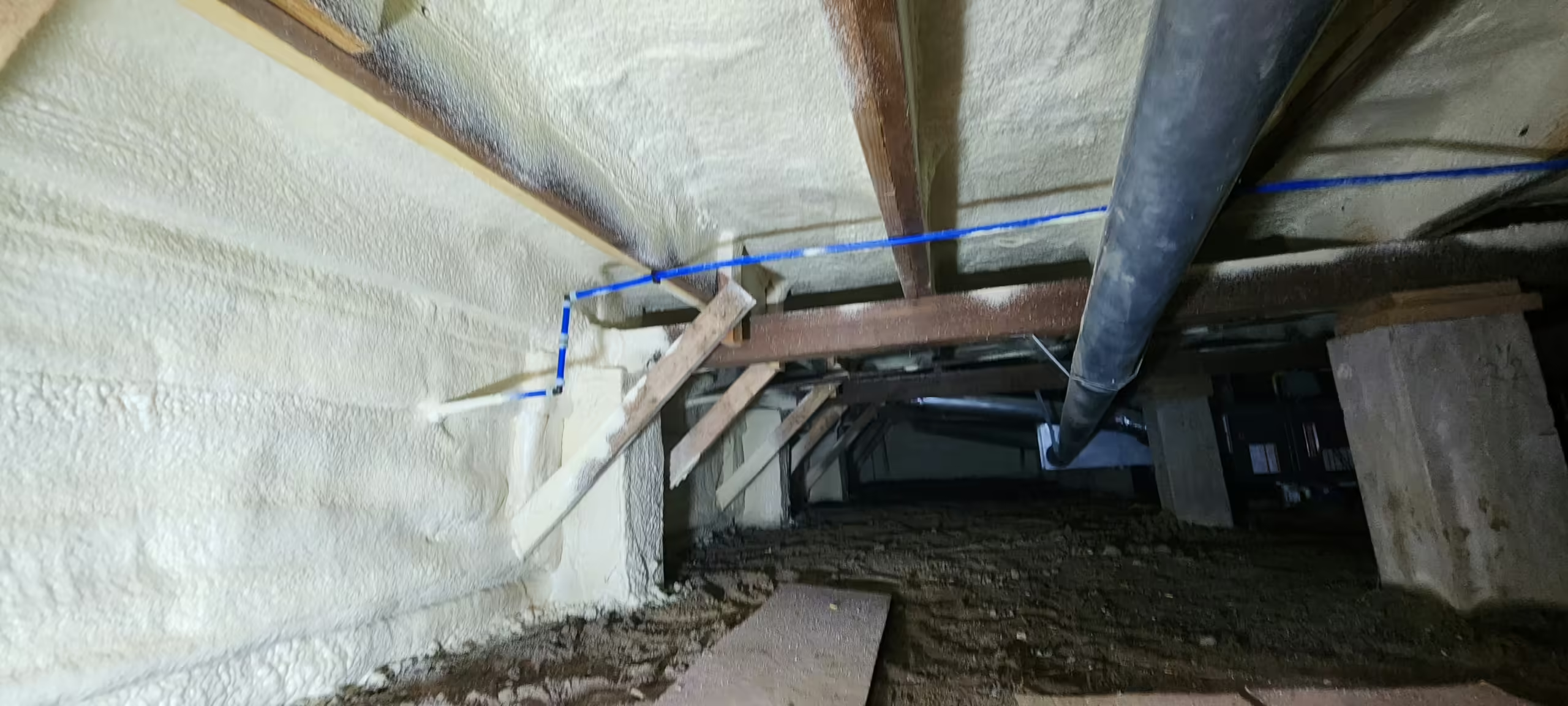 Crawl Space Insulation
Crawl Space Insulation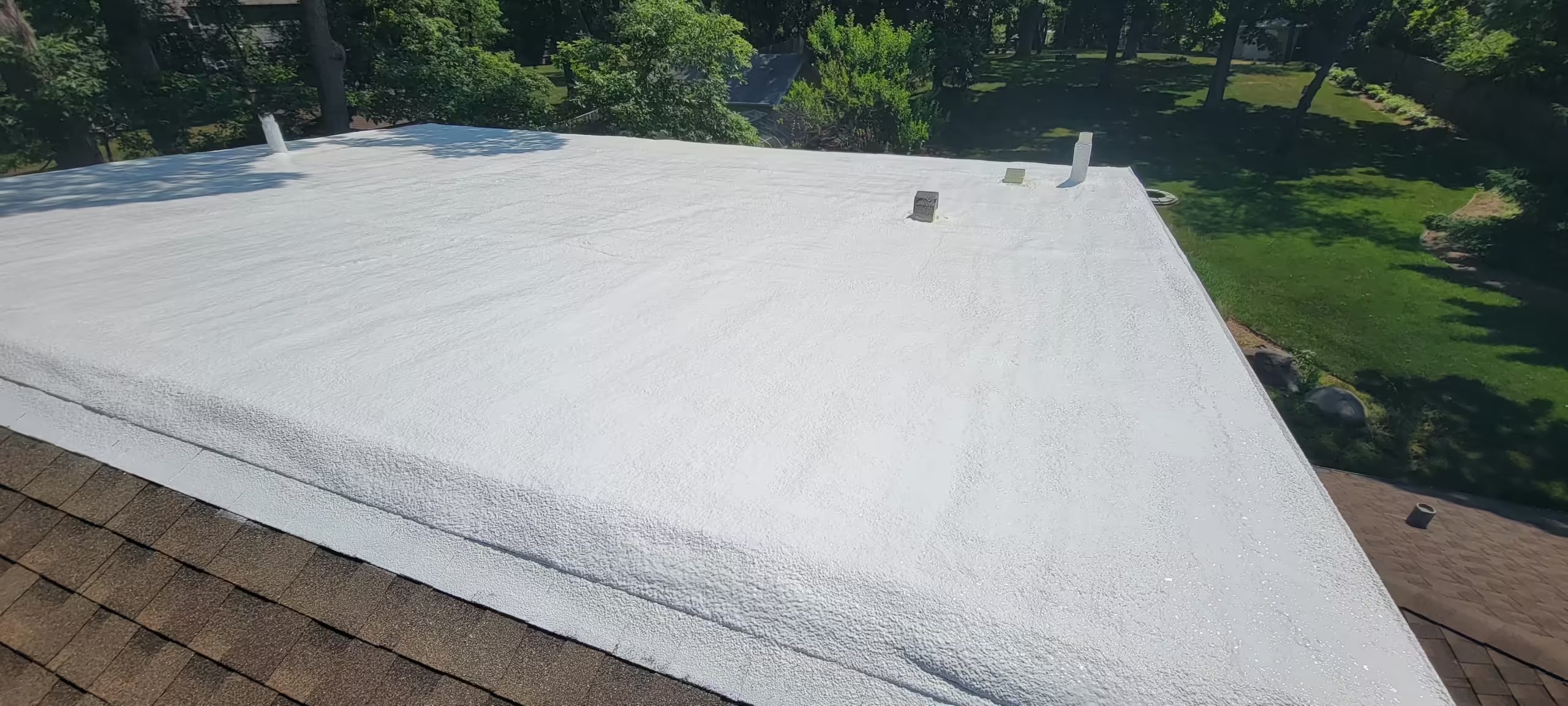 Exterior Wall Insulation
Exterior Wall Insulation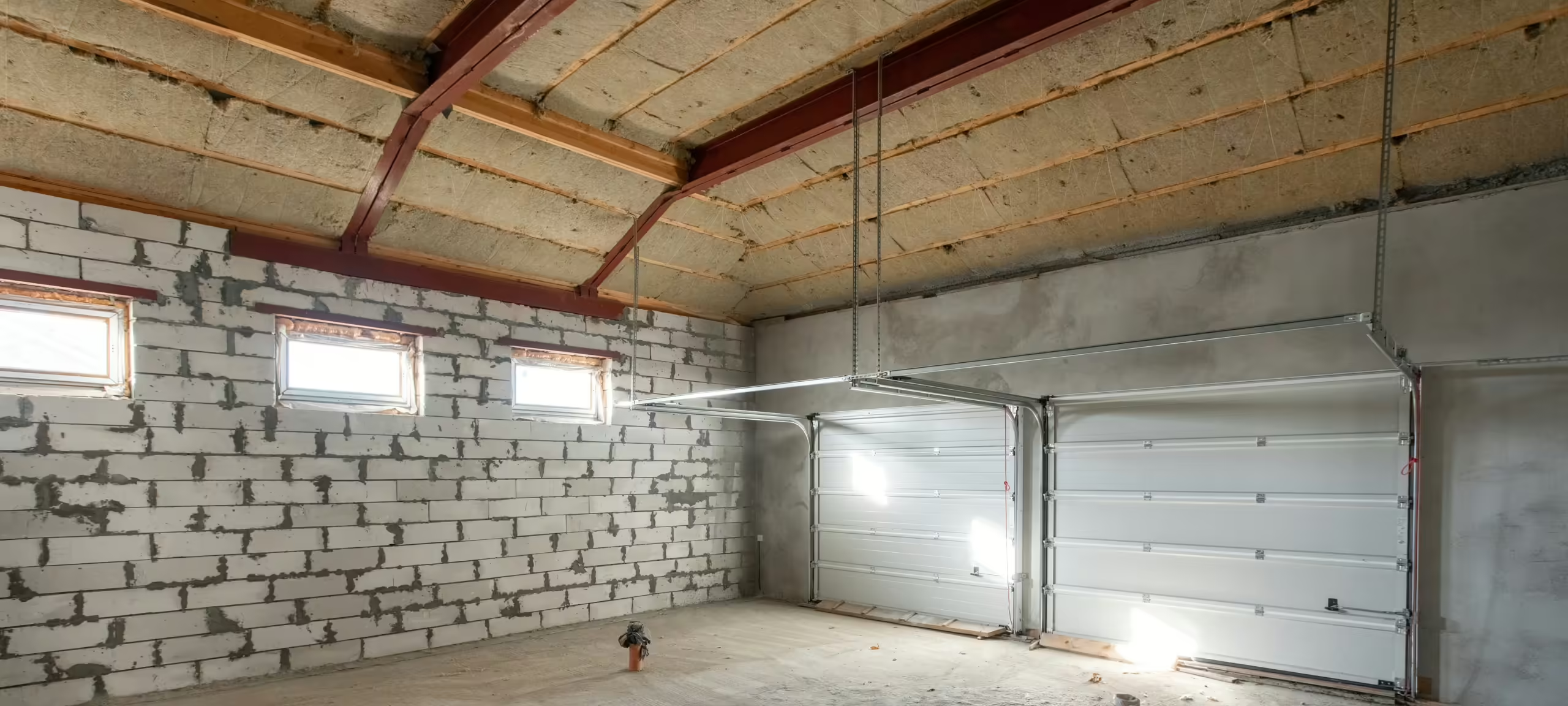 Garage Insulation
Garage Insulation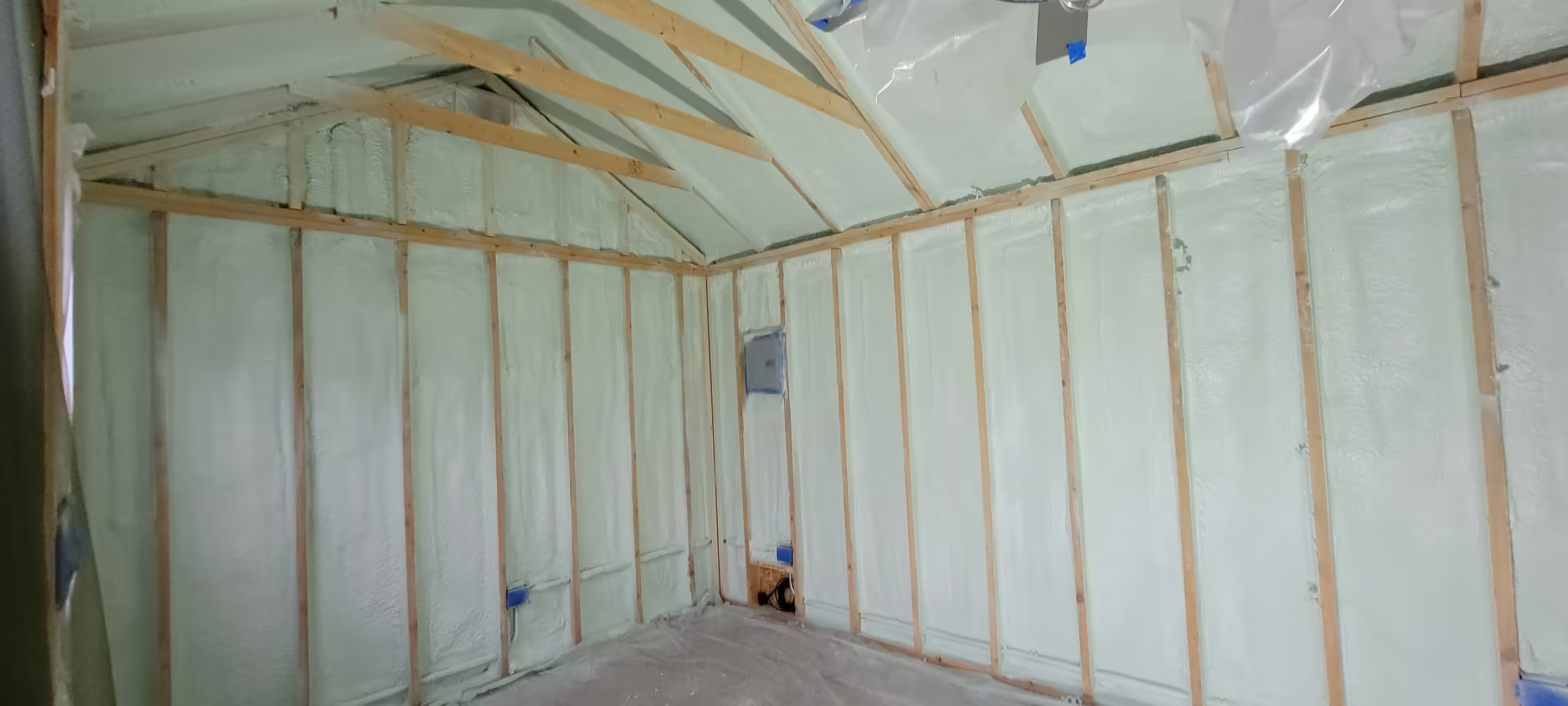 Interior Wall Insulation
Interior Wall Insulation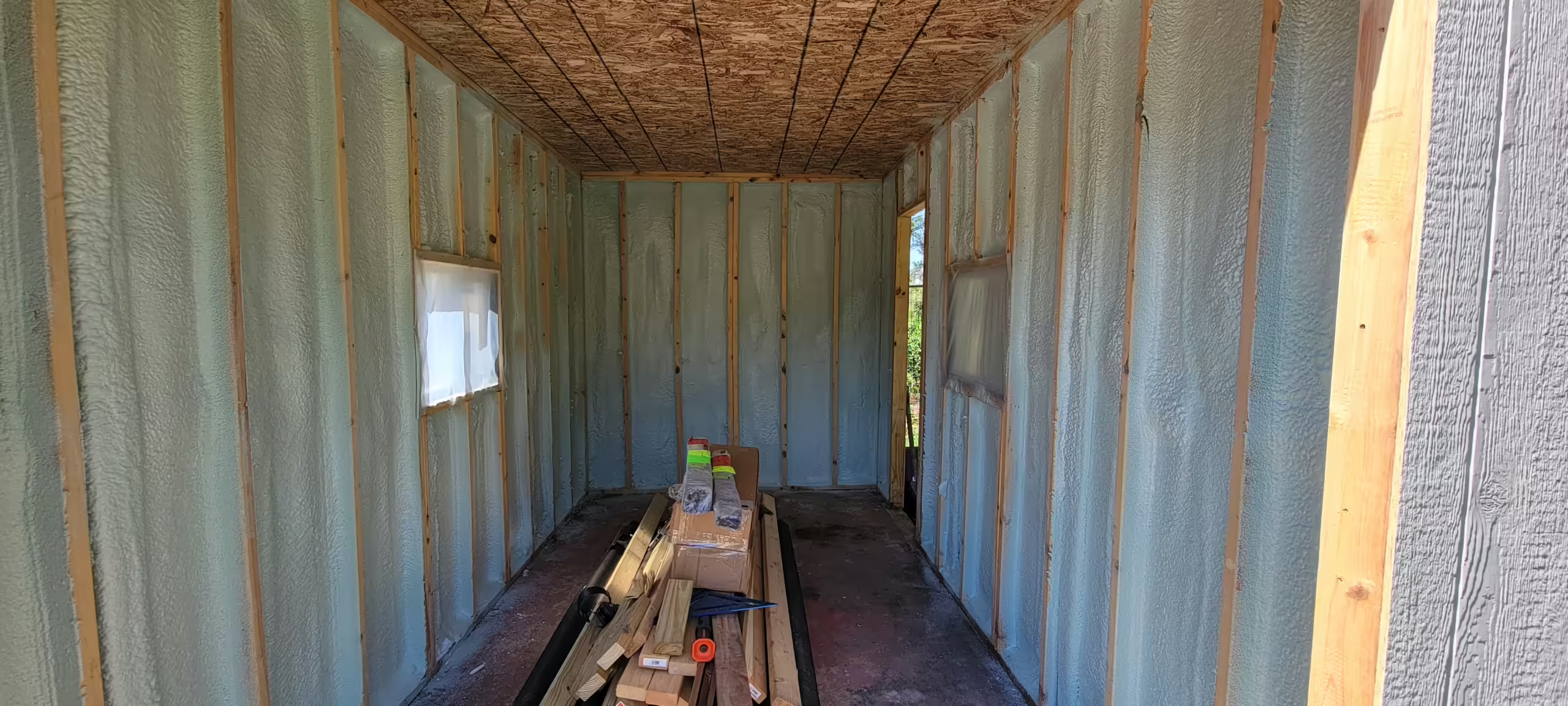 Shed Insulation
Shed Insulation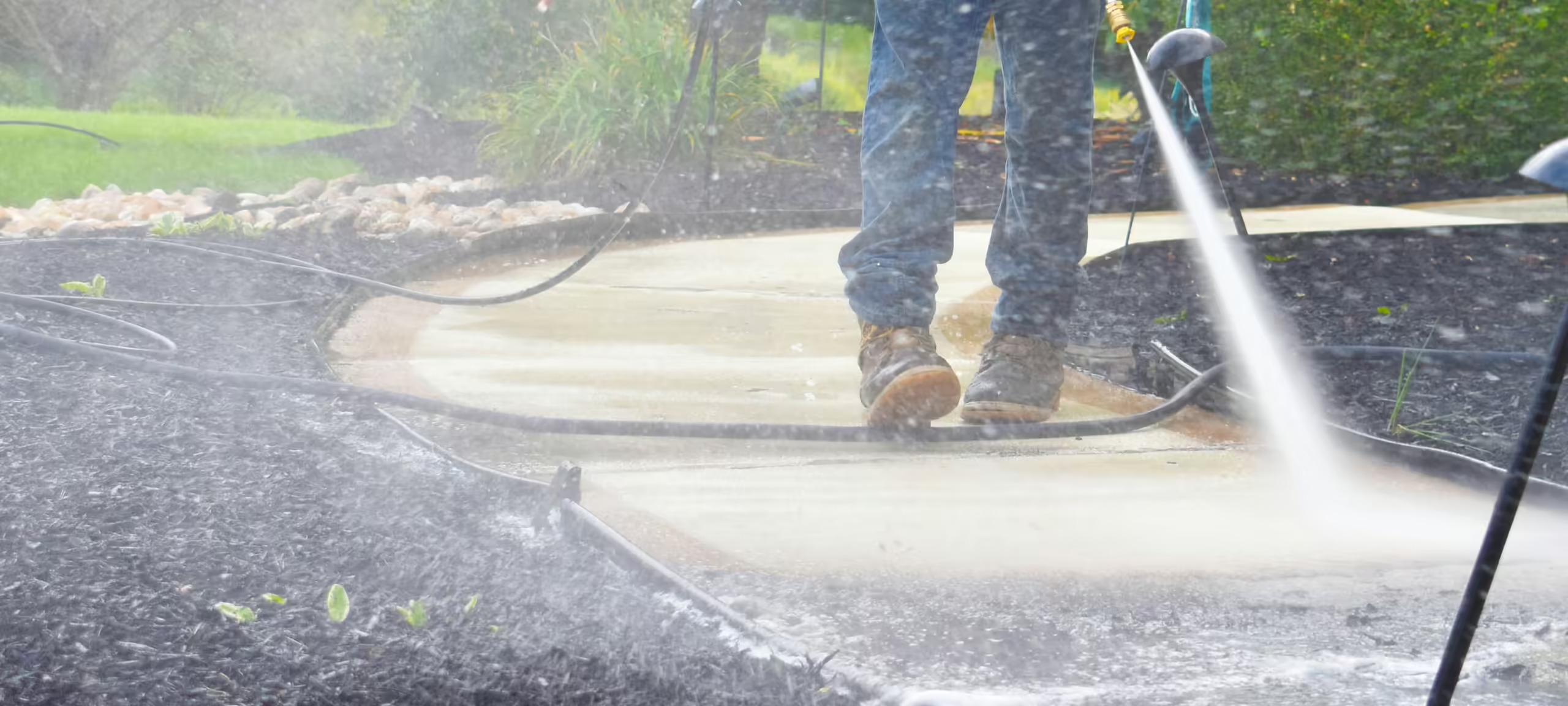 Power Washing
Power Washing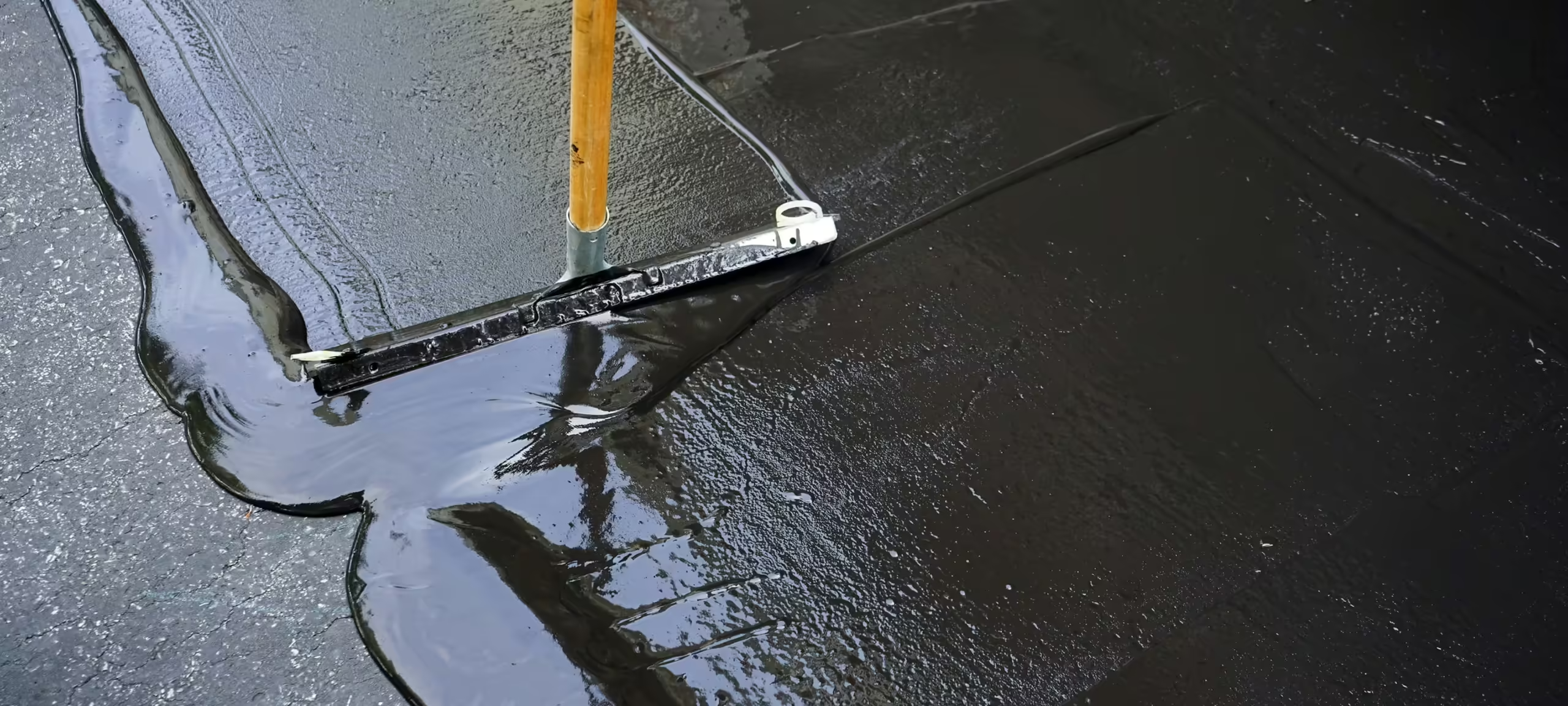 Sealcoating
Sealcoating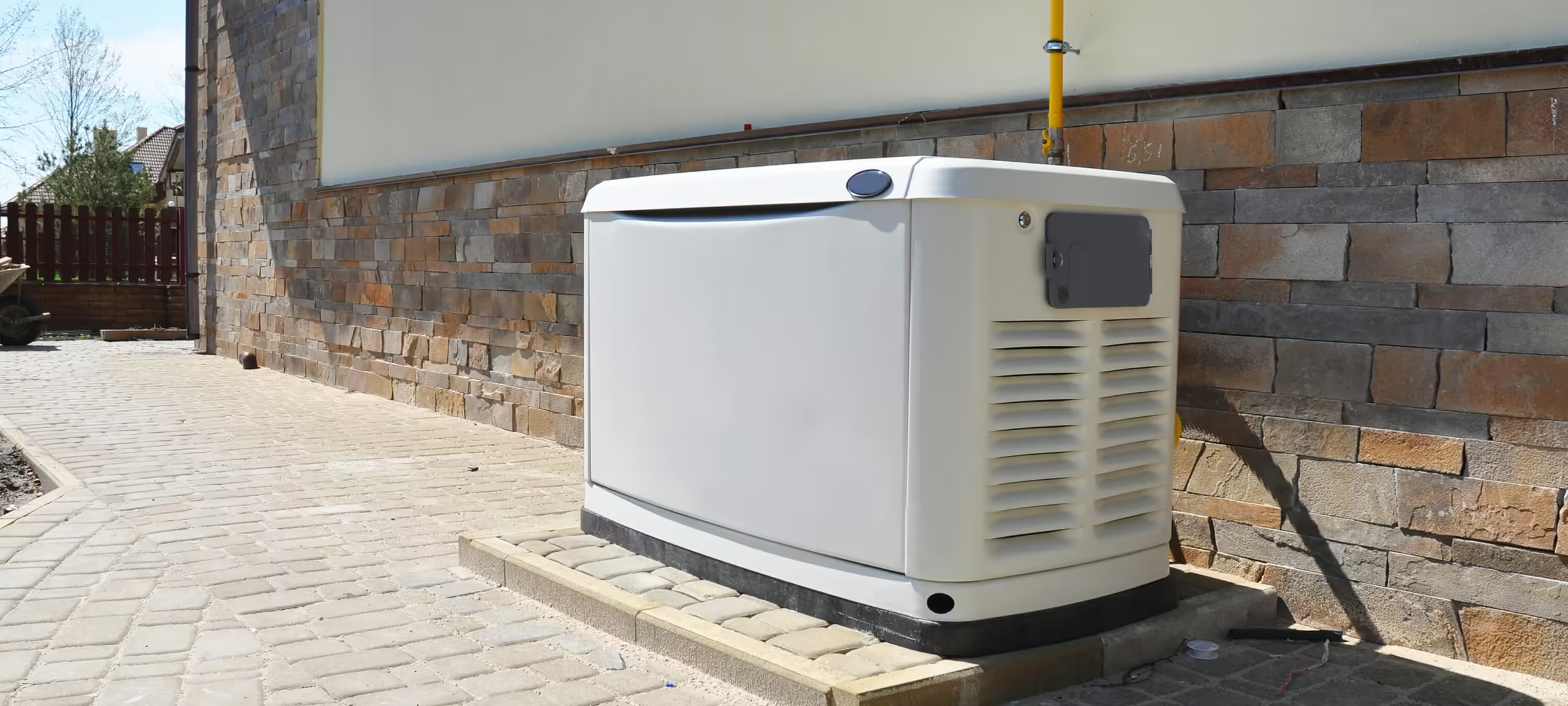 Backup Power Generators
Backup Power Generators Lake County Insulation
Lake County Insulation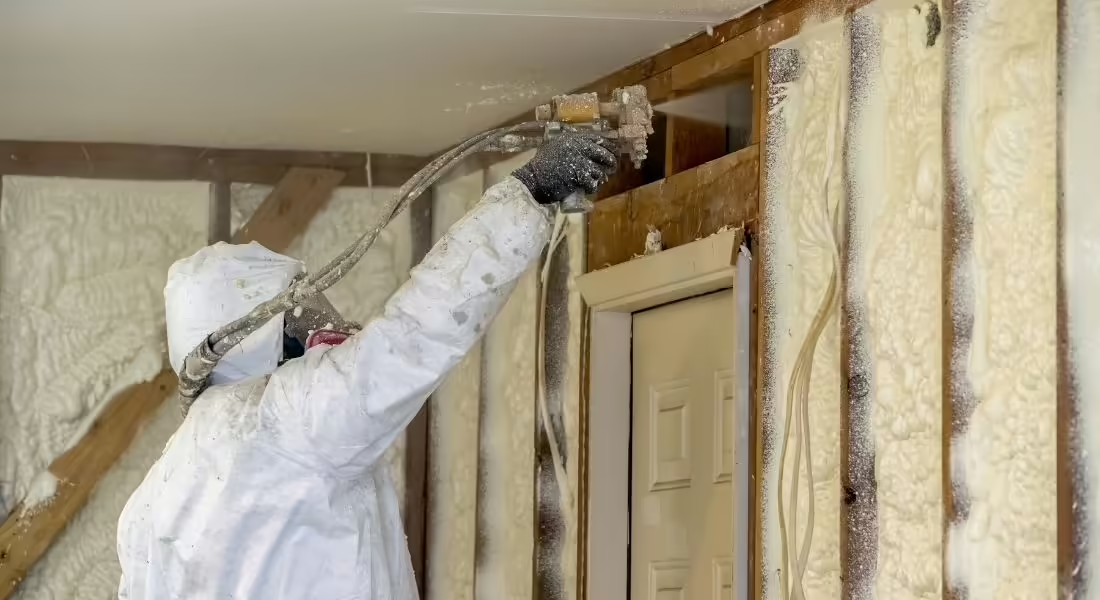 Spray Foam Insulation Guides
Spray Foam Insulation Guides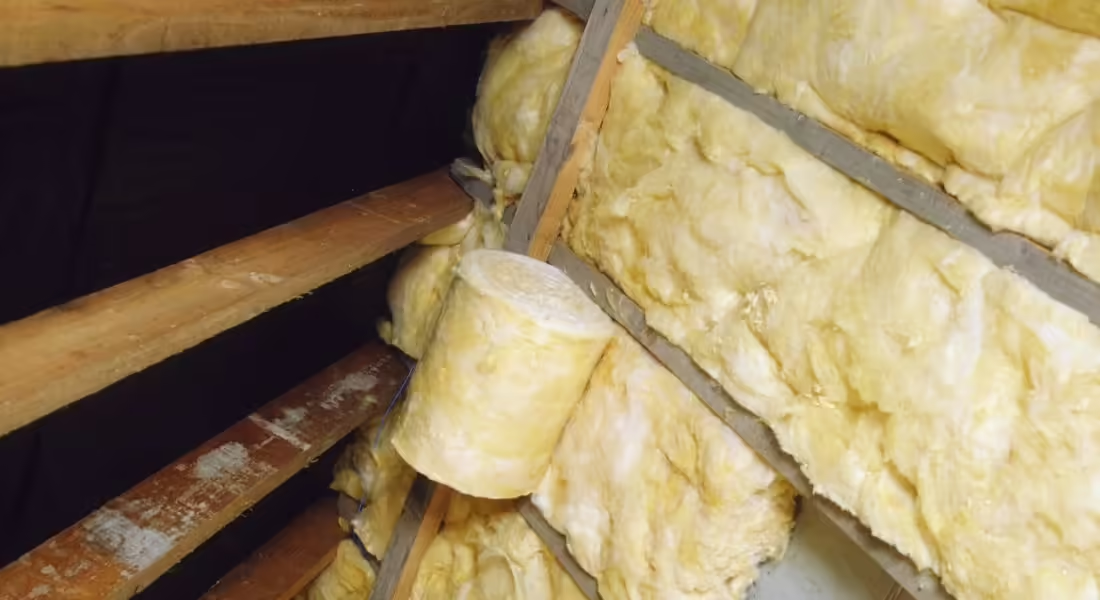 Insulation Guide
Insulation Guide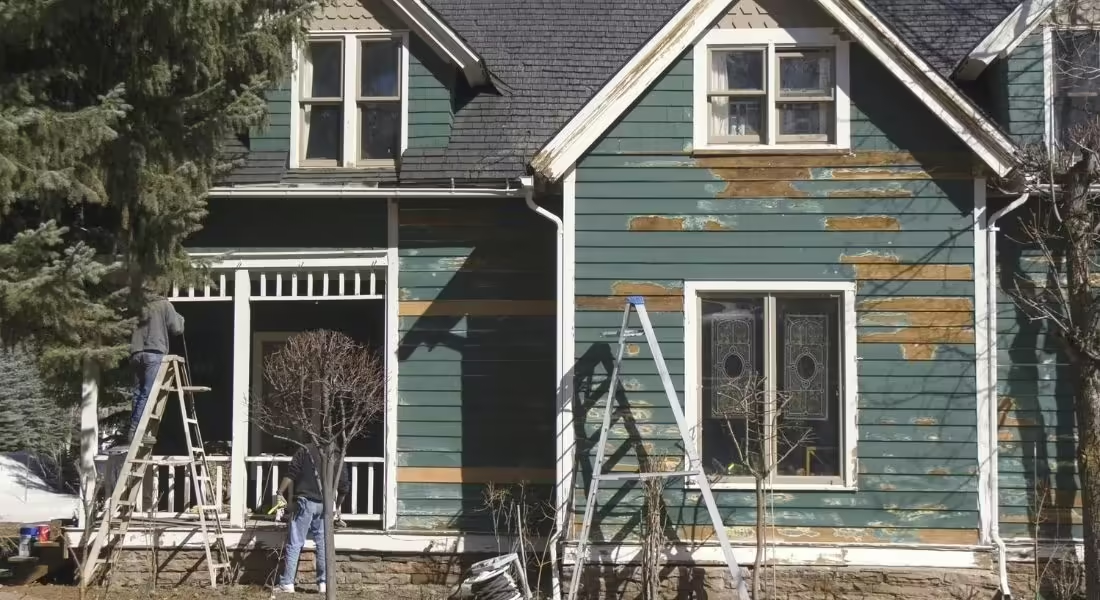 Home Improvement & Maintenance Guide
Home Improvement & Maintenance Guide